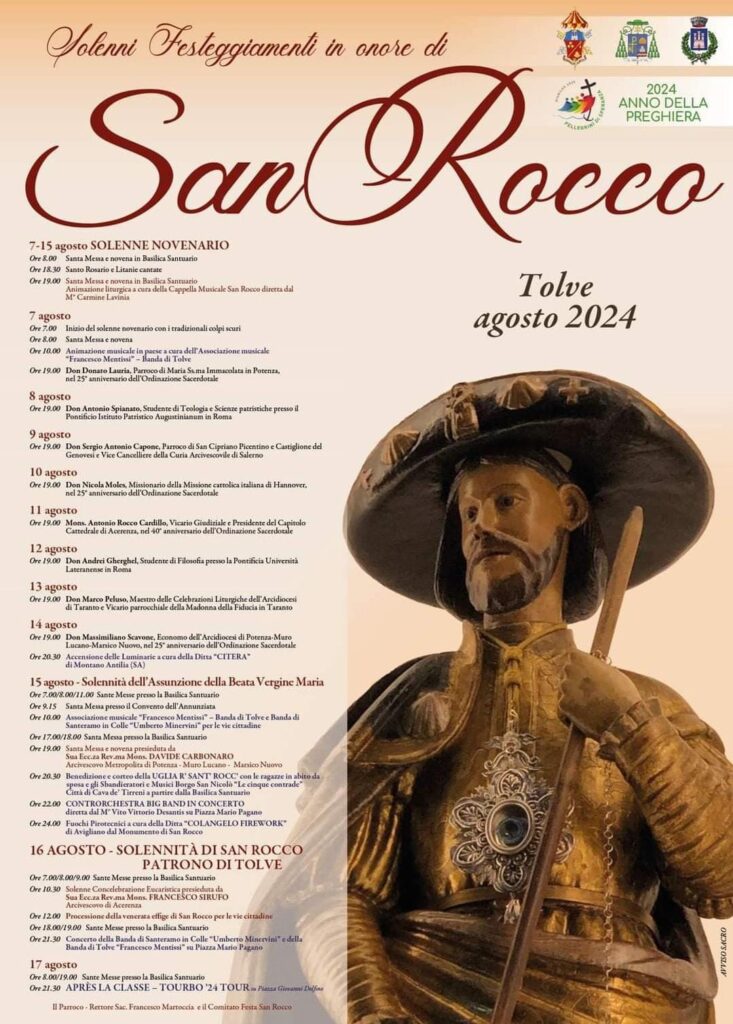When we talk about “roots” in the kitchen, in Basilicata, we immediately think of a particular root widely used in Lucanian gastronomic tradition: horseradish.
A root, precisely, which elsewhere is also called barbaforte or cren, a very spicy root that is not always appreciated by everyone. A unique flavor for a product of the land often referred to as the “truffle of the poor”. An unfortunate expression both for the taste difference from the prized tuber and because, especially in the Lucanian hills, the presence and use of truffles are equally common and certainly not exclusive to the wealthy ones.
Horseradish, in fact, is now more than ever one of the protagonists in the revaluation of the gastronomic tradition of the inland areas and rural culture, representing an identity to be proud of and used as a tourist attraction.
In many hillside villages, especially in Val d’Agri, Lagonegrese, and the Southern area, horseradish cultivation is a particular custom, and its use in traditional cuisine leads to various preparations where it is not always just a spice but sometimes also the main ingredient.
An example is the so-called “rafanata” a kind of omelet prepared in Basilicata with eggs, potatoes, and pecorino cheese, with some variations that characterize the tradition from area to area.
A dish of the winter season, linked precisely to the period of digging up the root, especially coinciding with the Carnival tradition.
In one of the Lucanian municipalities with a particular tradition linked to horseradish, Montemurro, its culinary history has brought various dishes to the present day. In addition to “rafanata” horseradish is used as a condiment, like grated cheese, on ‘ferricelli with breadcrumbs’ or in “vurrette” eggs balls with peas, and pecorino cheese fried (in the past) in lard.
Lately, horseradish has also led to the production of liqueur, precisely in Montemurro, home to one of the agricultural companies that cultivate and transform it.
A reference book could be “RAFANO – Da un bene materiale a un bene di relazione”(ScarrenzEditore) by Rosa Maria Leone. A diary of an agricultural adventure . How to produce horseradish, a wild plant native to Lucania that grows spontaneously in the Val d’Agri. Many meetings, research, and studies are being conducted to enhance the value of this root, which has many therapeutic properties. Encounters between different generations and cultures.
https://www.scarenz.it/home/maria-rosa-leone/




